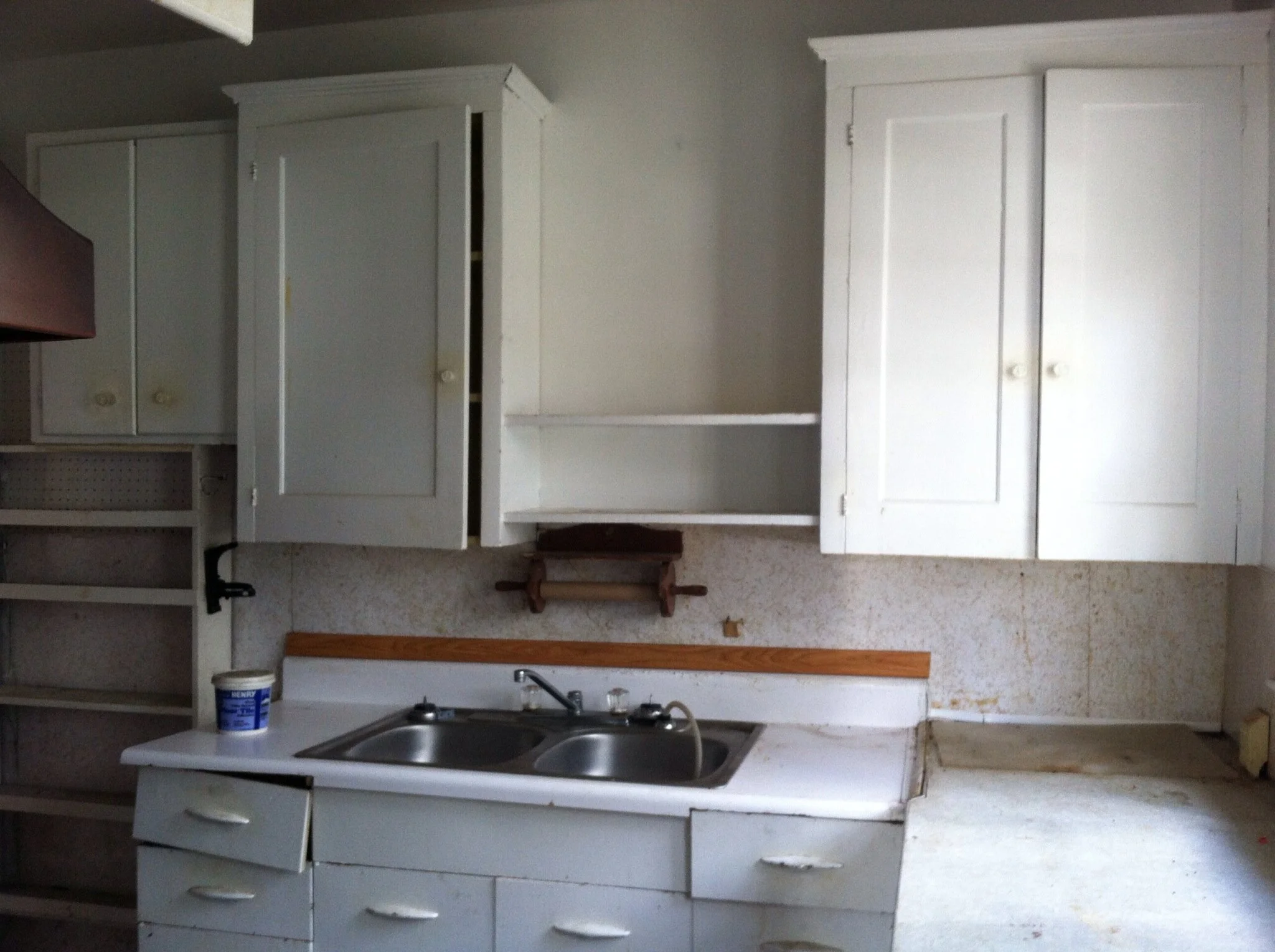Problem Statement
“Every problem has a solution. Some just take longer to figure out.”
Identifying the design problem or design dilemma in your space, in my opinion, is the second step in the design process, buuut, it oftentimes is the first. We do tend to focus more on bad things rather than good things after all—no different with the rooms and spaces in which we live, especially if they’re small!
You just bought a house. It’s old and cute… but it has ZERO electrical outlets and absolutely no ceiling mounted light fixtures. Problem Statement: We have to unplug the lamps every time we want to vacuum… Help.





You see!? It’s that simple. It most likely will take no time at all especially if you’ve lived in your space for a while. If you hire an interior designer, particularly if you’re redesigning a kitchen or bath, do be sure to bring all your problem statements to the table. They’ll all need to be addressed and solved in the redesign. So fun!
However, if you’re a DIY warrior, like myself, you will be tackling your own design dilemmas—also fun! Just be sure NOT to skip this part. Take your time adequately defining each issue in your space. This will give you a better understanding of your room’s design flaws so that you can properly address them when the time comes. There’s almost nothing worse than having thee BEST looking kitchen on the block, but you can’t open your refrigerator door all the way because it’s installed next to a wall (small space dwellers may very well understand what I mean).
A few tips when thinking through your home’s design dilemmas, if I may…
Identify the primary functions of the space in question. What do you use it for and why? Do the design flaws considerably hinder those functions? If you find you can live with the hindrances to those primary functions then that’s that, and most of us can, and have!
Consider how you use the space. Does its design flaws put you in a bind, forcing you to use the space in an undesirable way? This issue can really get people to seek out professional help—for design that is. I call these seekers “motivated customers,” because no one likes to be put in a bind (let alone live in one). Wanting out, you may find yourself in the market for professional design services. I do believe I can help!
Consider when you use the space and for how long. If it’s a room you spend most of your time in, start with it. Especially if the space does not reflect your personal style in any way or is simply, meh and you want to give it some life since you’re in it the majority of the time. For most of the wonderful clients I’ve worked with, the space used most often is their kitchen, and believe me, after a thorough understanding of their problem statements, revealing their design solution was like Christmas Day!








